Keyword search, also called “BM25 (Best match 25)” or “sparse vector” search, returns objects that have the highest BM25F scores.


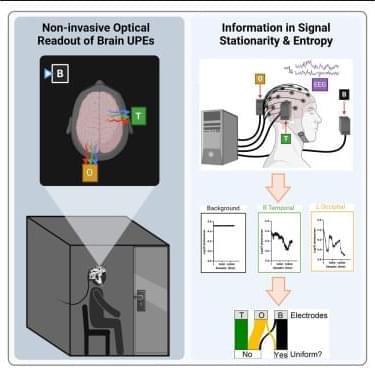
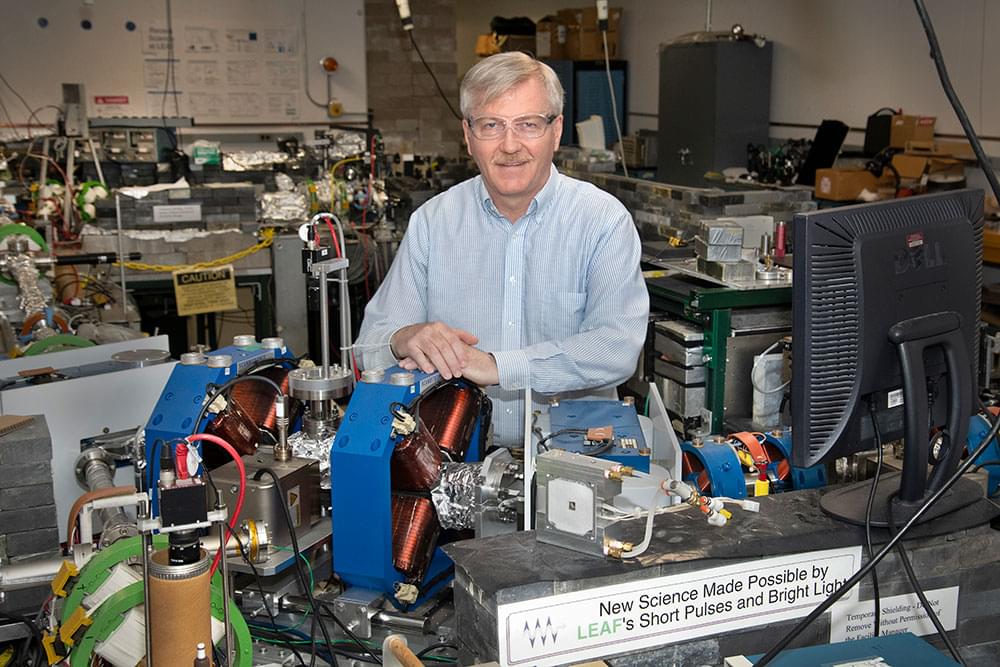
UPTON, N.Y. — High temperatures and ionizing radiation create extremely corrosive environments inside a nuclear reactor. To design long-lasting reactors, scientists must understand how radiation-induced chemical reactions impact structural materials. Chemists at the U.S. Department of Energy’s (DOE) Brookhaven National Laboratory and Idaho National Laboratory recently performed experiments showing that radiation-induced reactions may help mitigate the corrosion of reactor metals in a new type of reactor cooled by molten salts. Their findings are published in the journal Physical Chemistry Chemical Physics.
“Molten salt reactors are an emerging technology for safer, scalable nuclear energy production. These advanced reactors can operate at higher, more efficient temperatures than traditional water-cooled reactor technologies while maintaining relatively ambient pressure,” explained James Wishart, a distinguished chemist at Brookhaven Lab and leader of the research.
Unlike water-cooled reactors, molten salt reactors use a coolant made entirely of positively and negatively charged ions, which remain in a liquid state only at high temperatures. It’s similar to melting table salt crystals until they flow without adding any other liquid.
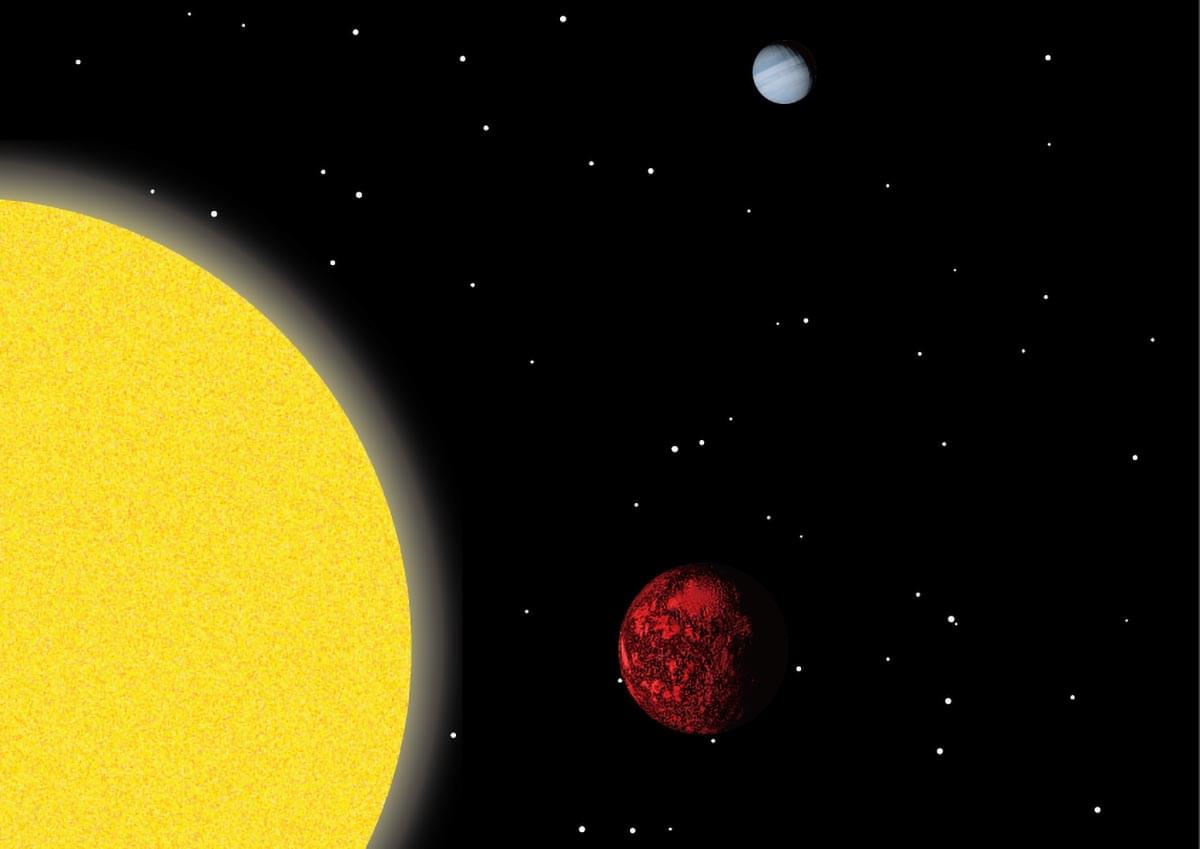
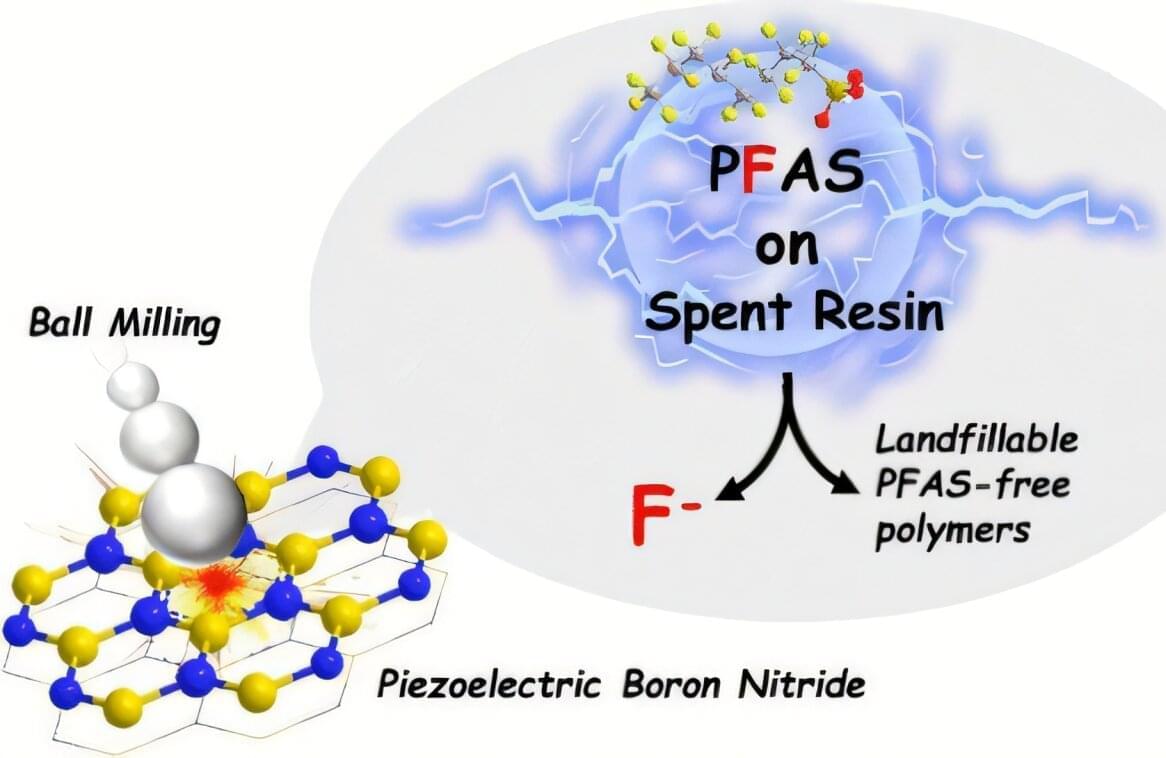
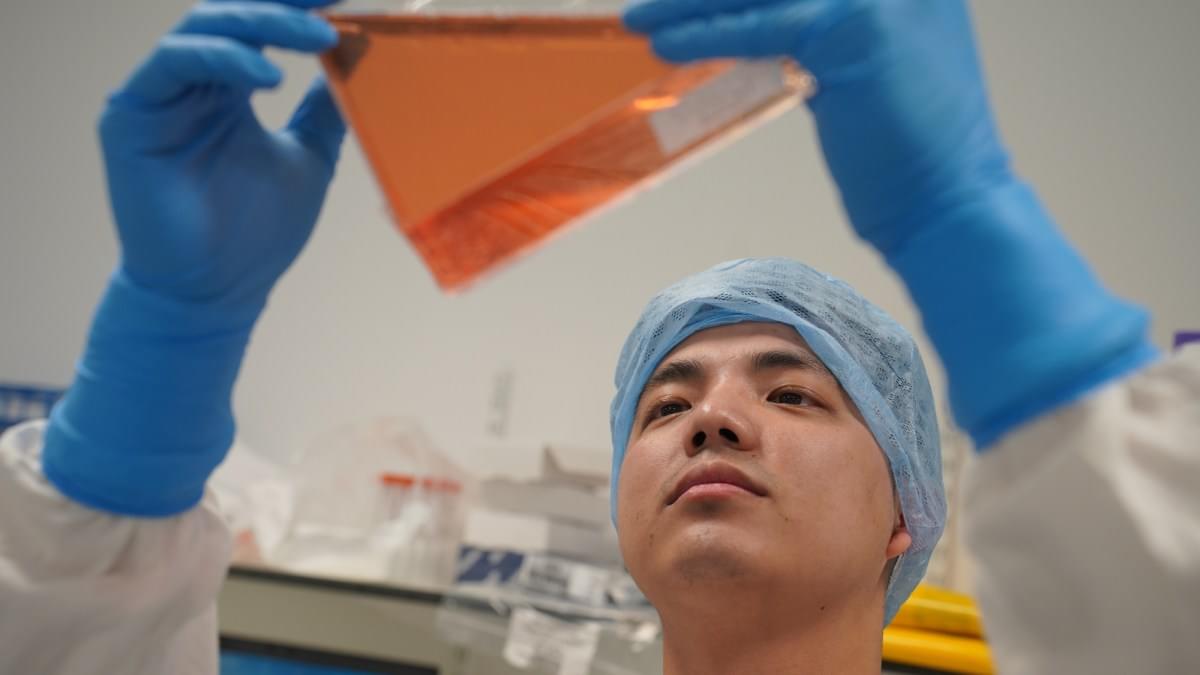
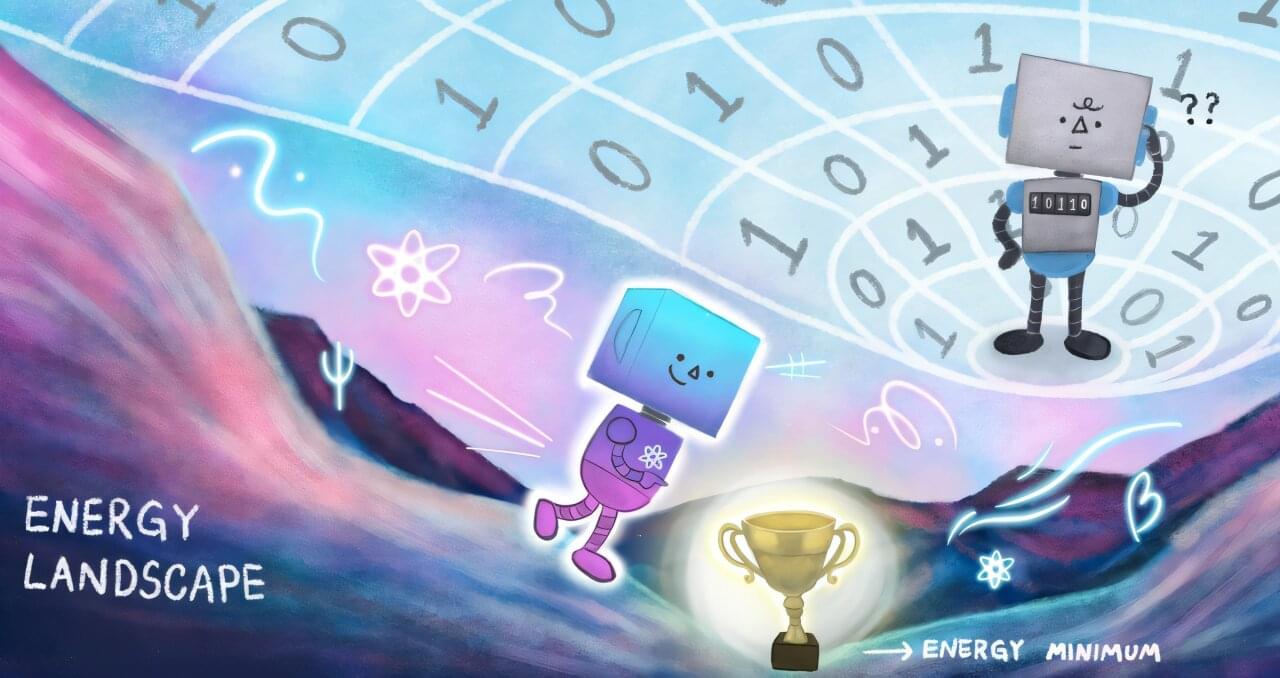
Quantum computers promise to outperform today’s traditional computers in many areas of science, including chemistry, physics, and cryptography, but proving they will be superior has been challenging. The most well-known problem in which quantum computers are expected to have the edge, a trait physicists call “quantum advantage,” involves factoring large numbers, a hard math problem that lies at the root of securing digital information.
In 1994, Caltech alumnus Peter Shor (BS ‘81), then at Bell Labs, developed a quantum algorithm that would easily factor a large number in just seconds, whereas this type of problem could take a classical computer millions of years. Ultimately, when quantum computers are ready and working—a goal that researchers say may still be a decade or more away—these machines will be able to quickly factor large numbers behind cryptography schemes.
But, besides Shor’s algorithm, researchers have had a hard time coming up with problems where quantum computers will have a proven advantage. Now, reporting in a recent Nature Physics study titled “Local minima in quantum systems,” a Caltech-led team of researchers has identified a common physics problem that these futuristic machines would excel at solving. The problem has to do with simulating how materials cool down to their lowest-energy states.
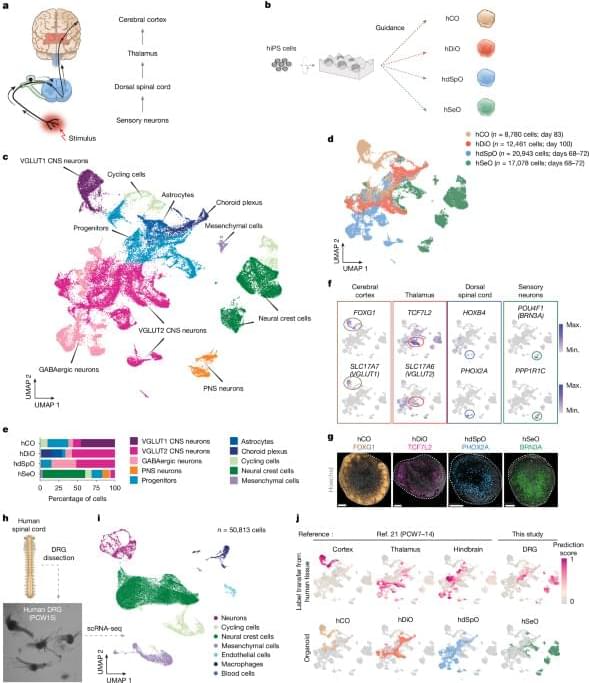
Join us on Patreon! https://www.patreon.com/MichaelLustgartenPhD
Discount Links/Affiliates:
Blood testing (where I get the majority of my labs): https://www.ultalabtests.com/partners/michaellustgarten.
At-Home Metabolomics: https://www.iollo.com?ref=michael-lustgarten.
Use Code: CONQUERAGING At Checkout.
Clearly Filtered Water Filter: https://get.aspr.app/SHoPY
Epigenetic, Telomere Testing: https://trudiagnostic.com/?irclickid=U-s3Ii2r7xyIU-LSYLyQdQ6…M0&irgwc=1
Use Code: CONQUERAGING
NAD+ Quantification: https://www.jinfiniti.com/intracellular-nad-test/
